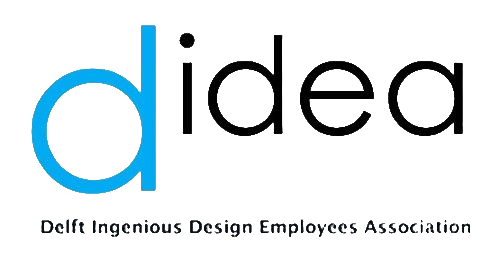The first year Bio Process trainees who joined the program in February 2017, successfully completed their GDP titled, “Techno-economic analysis of ALE extraction from the Nereda®.” Owing to the increase in consumption of natural resources to meet the demands of the growing population there is a proportional increase in waste production. In the concept of circular economy, a lot of research has thus focussed on the recovery of resources from waste, specifically biological wastewater treatment. In this project, the recovery and possible integration of Alginate-like exopolymer (ALE), phosphorus, polyhydroxyalkanoates (PHA) and cellulose was evaluated.
ALE is an exopolymer produced by the bacteria in the Nereda® process and is known to have similar physical properties as seaweed alginate. ALE is considered a structural part of the of the extracellular polymeric substance of the Nereda® aerobic granular sludge. The aerobic granular sludge enables easier settling, removal of Chemical Oxygen Demand, phosphorus and nitrogen in a single tank, and as a result reduces footprint and costs. While these properties are advantageous for the wastewater treatment process itself, the ALE present in the aerobic granular sludge is also evaluated as a valuable resource. Currently, there are several routes for the extraction of ALE that are at various technology readiness level. Thus there is a need for a preliminary design and evaluation of the various bottlenecks in the production chain.
The first half of the project aimed at identifying different possibilities for the recovery of ALE, phosphorus, PHA and cellulose, evaluating the integration possibilities and estimating the economic potential, based on creative ideas, literature and experimental data. For the final design, only the ALE extraction process was considered. The design included the unit operation selection, sizing of individual equipment, economic analysis, environmental analysis and recommendations for future studies based on some sensitivity analysis. The principal of this project was Professor Mark van Loosdrecht from TU Delft. The other stakeholders involved were Royal Haskoning DHV, Chaincraft, Slimy Green Stuff.
